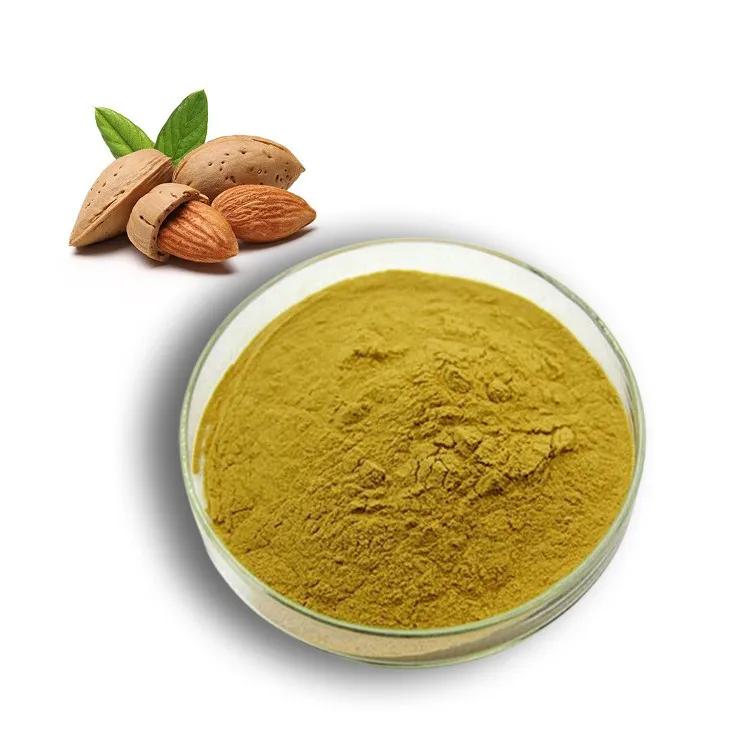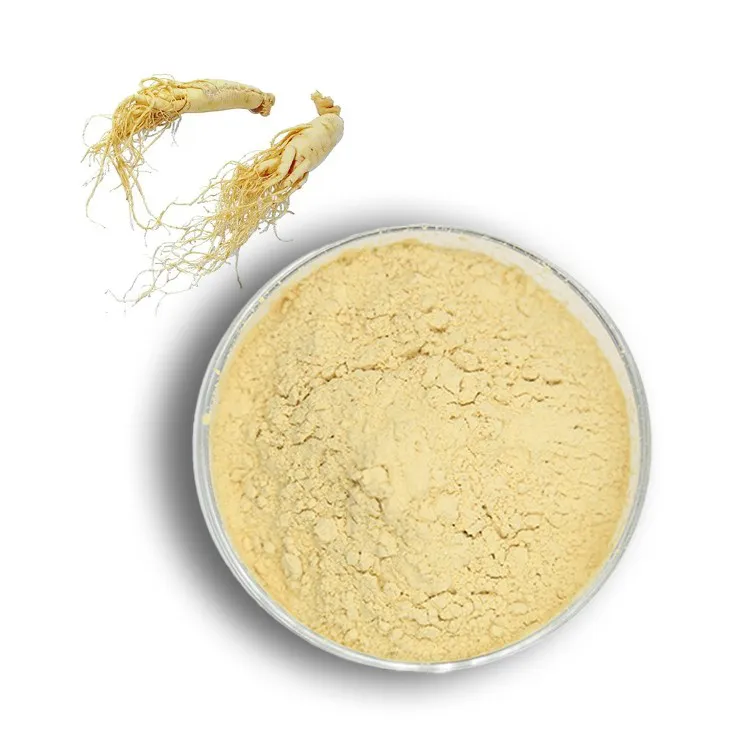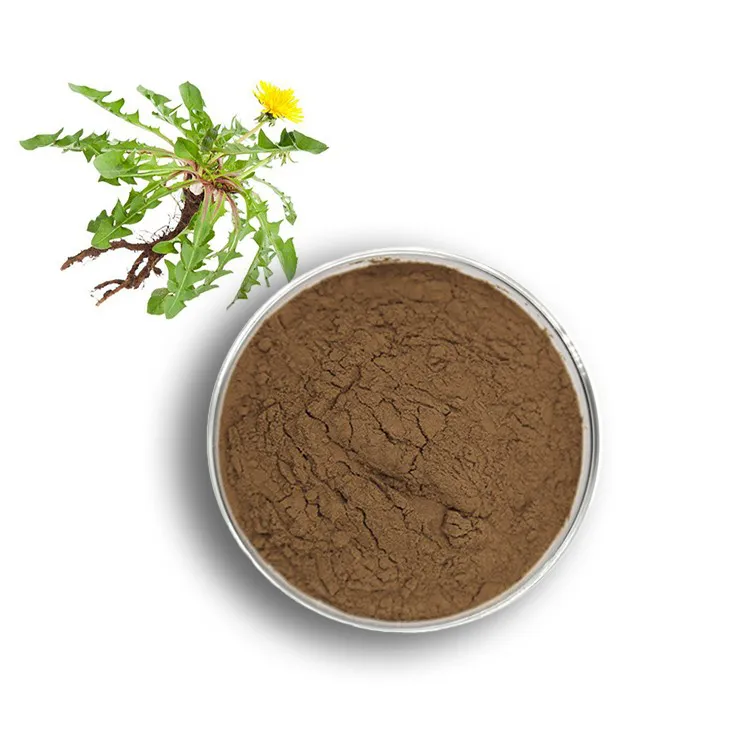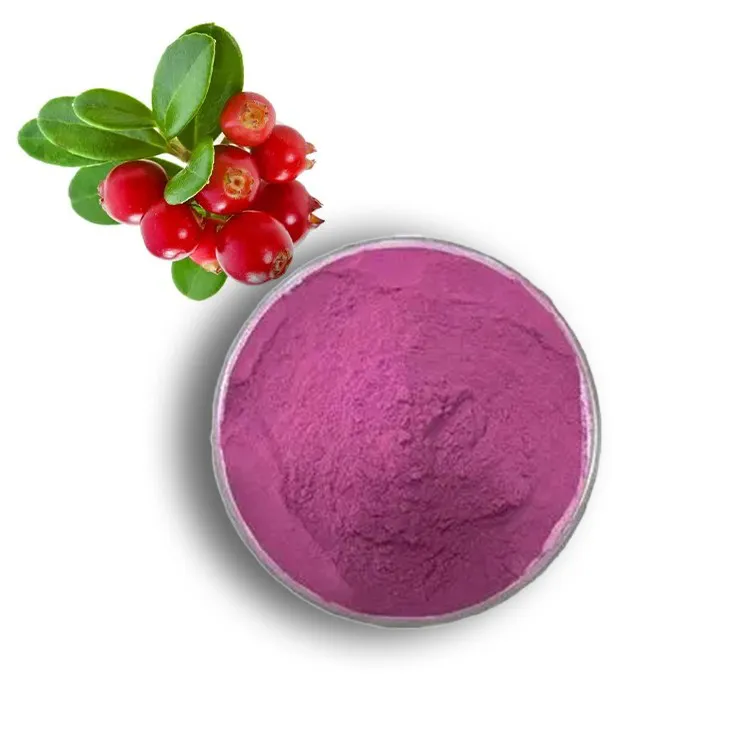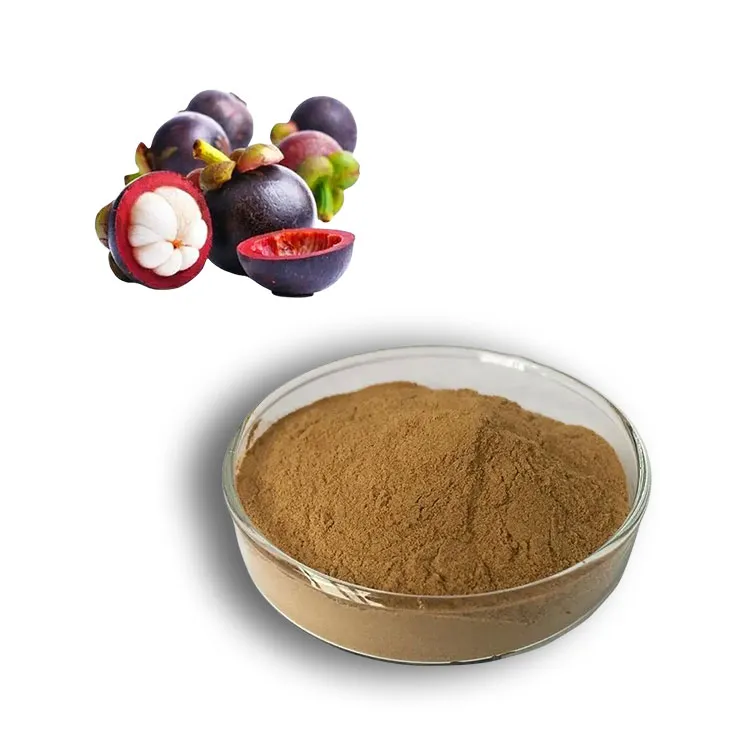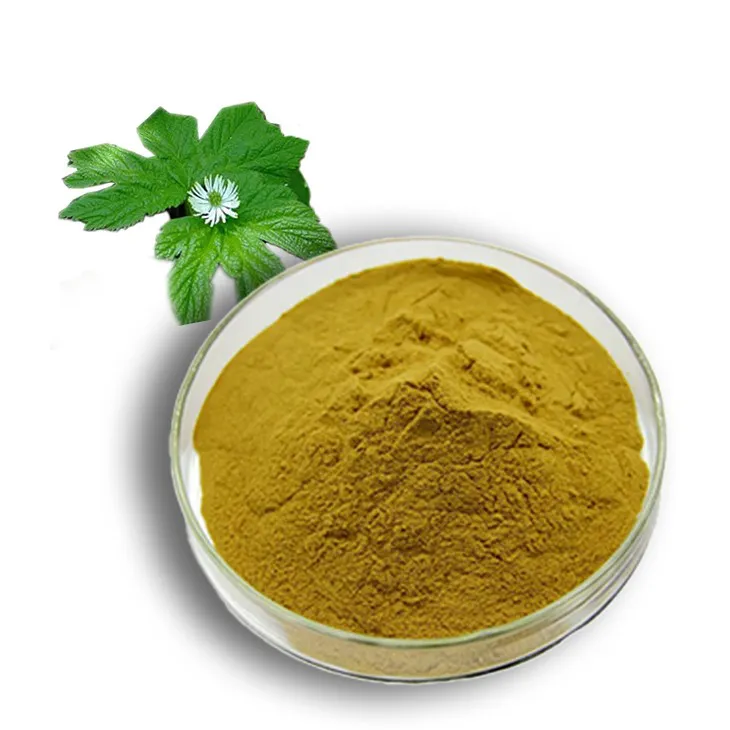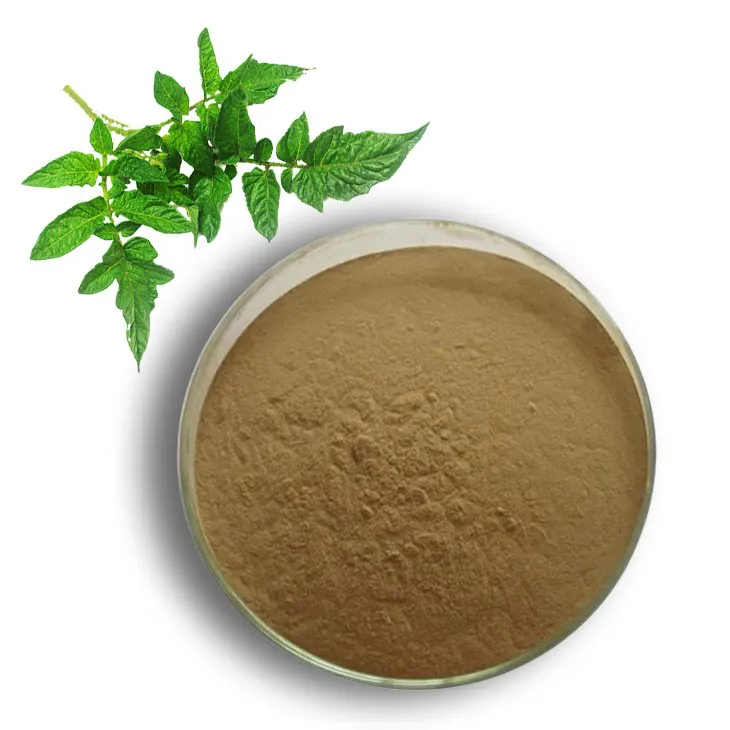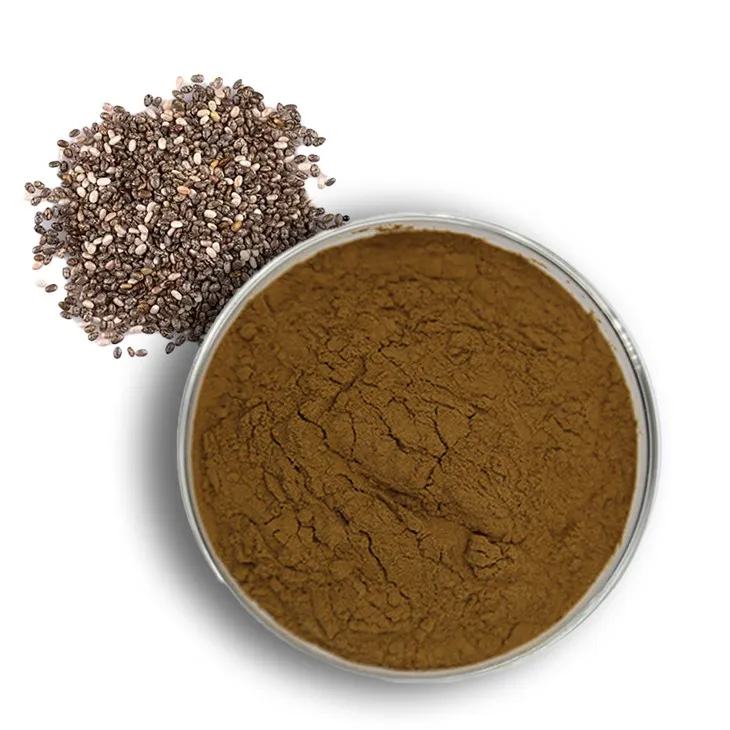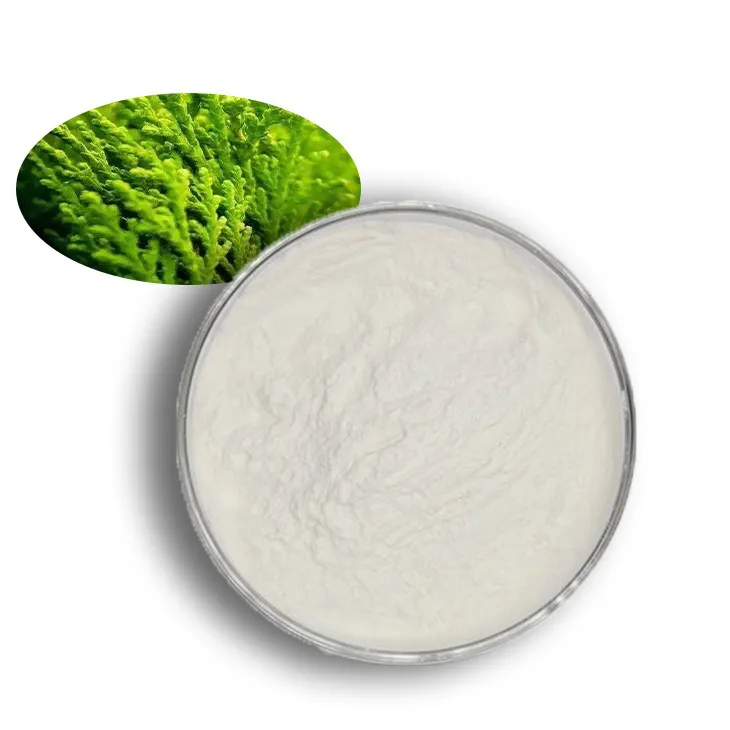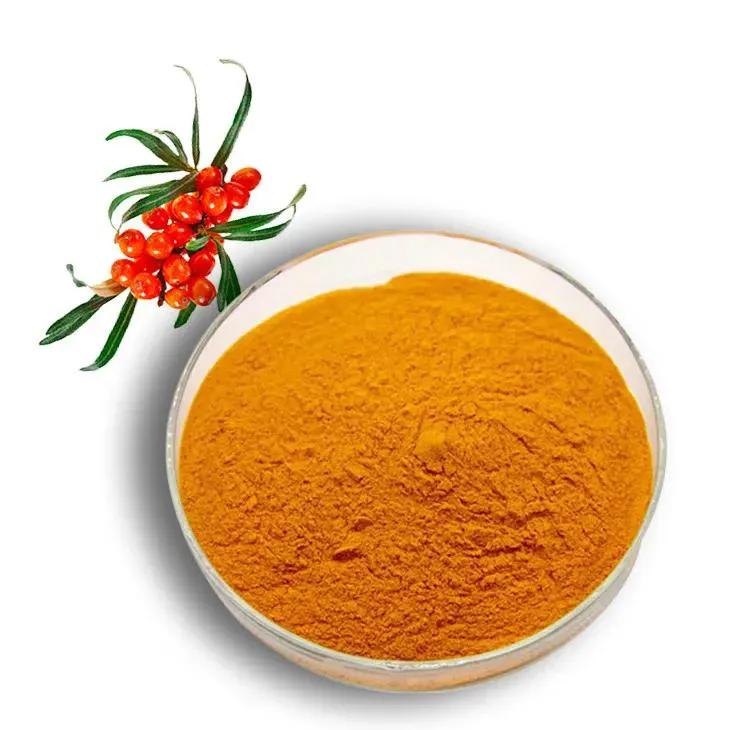- 0086-571-85302990
- sales@greenskybio.com
"Fighting Infection and Aging: The Antimicrobial and Antioxidant Properties of Calendula Extract
2024-07-03
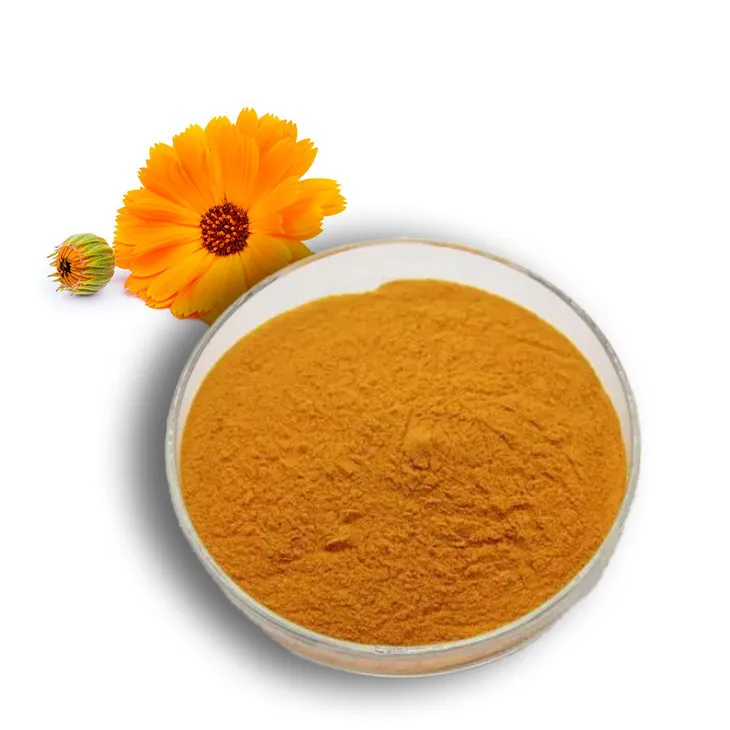
1. Introduction
Calendula, also known as pot marigold, has been used for centuries in traditional medicine. In recent years, scientific research has focused on the extract of calendula due to its remarkable properties. The antimicrobial and antioxidant capabilities of Calendula Extract are of particular interest as they hold great potential in the fields of fighting infections and combating aging.
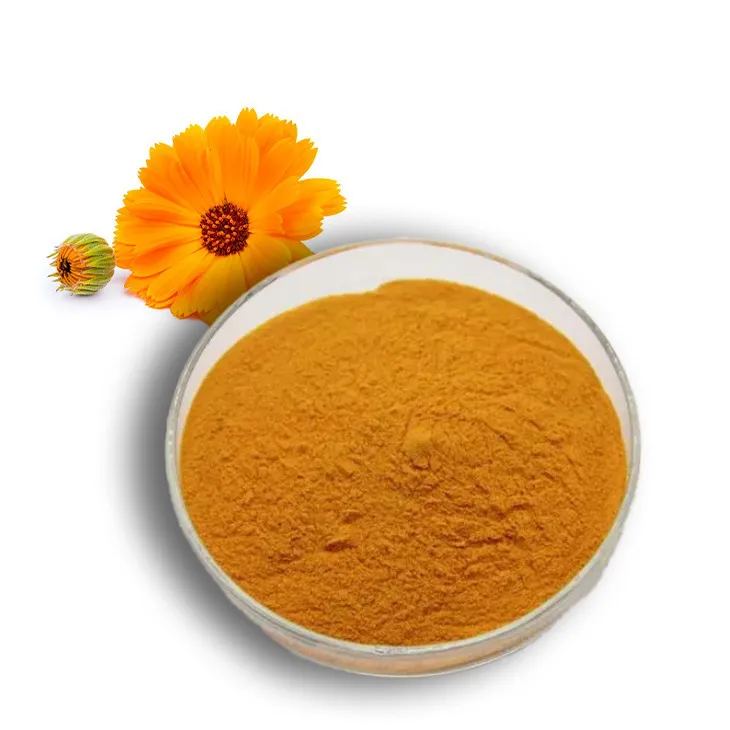
2. Antimicrobial Properties of Calendula Extract
2.1 Inhibition of Bacterial Growth
Calendula Extract has been shown to have inhibitory effects on a wide range of bacteria. For example, studies have demonstrated its efficacy against Staphylococcus aureus, a common pathogen responsible for many infections. The extract contains various compounds such as flavonoids and terpenoids that can disrupt the cell membrane of bacteria or interfere with their metabolic processes.
- One of the ways it acts against bacteria is by binding to proteins on the bacterial cell surface. This binding can prevent the bacteria from adhering to host cells, which is an important step in the initiation of an infection.
- Calendula extract can also affect the production of bacterial toxins. By inhibiting toxin production, it reduces the virulence of the bacteria, making the infection less severe.
2.2 Antifungal Activity
Fungal infections are a significant health concern, especially in immunocompromised individuals. Calendula extract has exhibited antifungal properties against several fungal species. For instance, it has been effective against Candida albicans, a yeast-like fungus that can cause thrush and other infections.
- The antifungal mechanism may involve disrupting the fungal cell wall. The components of calendula extract can interact with the polysaccharides in the cell wall, leading to its weakening and ultimately the death of the fungus.
- It can also interfere with the fungal cell's internal processes such as DNA replication and protein synthesis, which are essential for the survival and growth of the fungus.
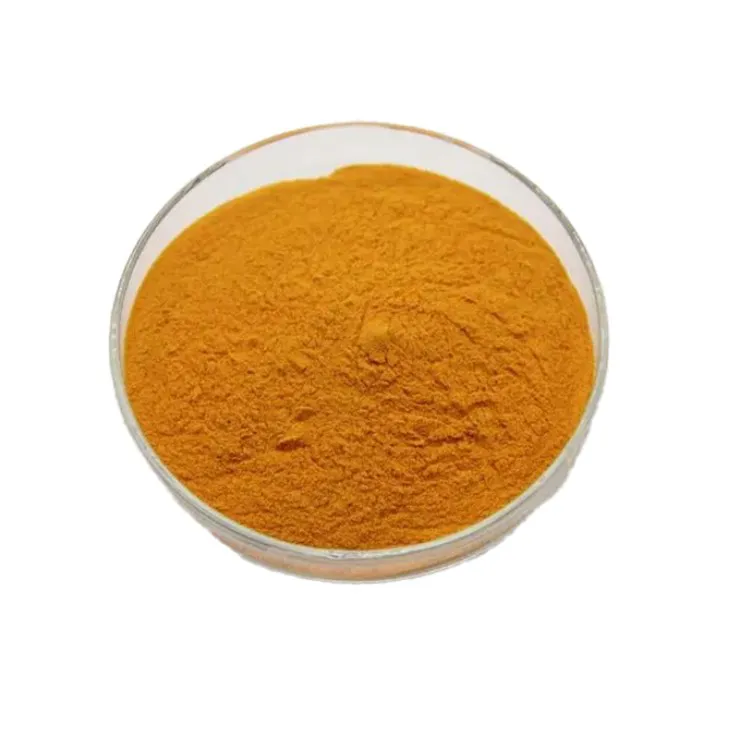
3. Antioxidant Capabilities of Calendula Extract
3.1 Understanding Oxidative Stress
Oxidative stress occurs when there is an imbalance between the production of reactive oxygen species (ROS) and the body's antioxidant defenses. ROS are produced during normal cellular metabolism, but excessive amounts can damage cells, proteins, and DNA. This damage is associated with aging and the development of various diseases.
3.2 How Calendula Extract Fights Oxidative Stress
Calendula extract is rich in antioxidants such as flavonoids, carotenoids, and phenolic acids. These antioxidants work by neutralizing ROS.
- Flavonoids in calendula extract can donate electrons to ROS, converting them into less harmful molecules. This process helps to prevent the ROS from causing oxidative damage to cells.
- Carotenoids are effective in scavenging singlet oxygen, a highly reactive form of oxygen. By doing so, they protect cellular membranes from lipid peroxidation, which is a common consequence of oxidative stress.
- Phenolic acids in the extract can chelate metal ions. Metal ions such as iron and copper can catalyze the production of ROS. By chelating these ions, phenolic acids reduce the formation of ROS.
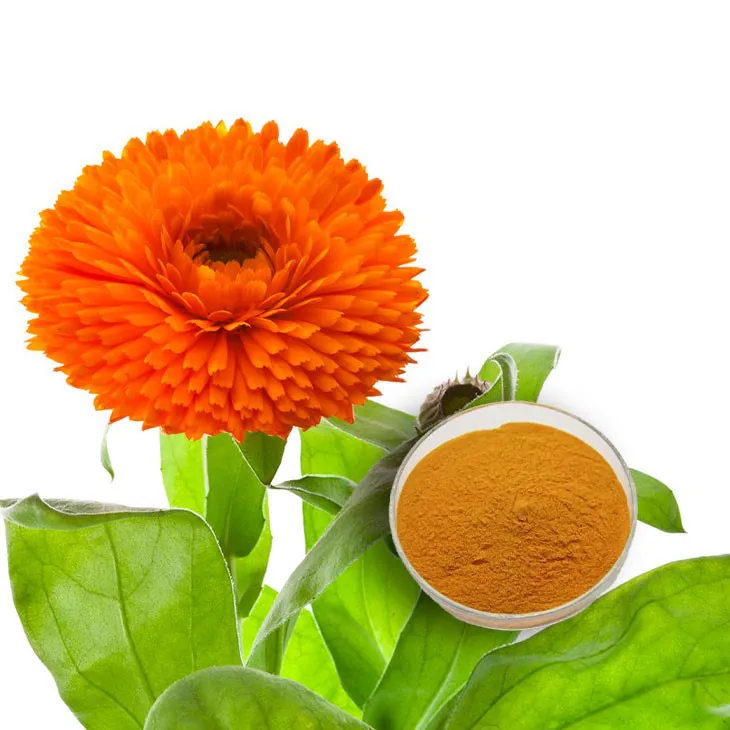
4. The Role of Calendula Extract in Fighting Aging
Aging is a complex process that is influenced by multiple factors, including oxidative stress. The antioxidant properties of calendula extract play a crucial role in fighting aging.
- By reducing oxidative stress, calendula extract helps to protect cells from damage. This protection can slow down the aging process at the cellular level. For example, it can prevent the shortening of telomeres, which are the protective caps at the ends of chromosomes. Telomere shortening is associated with cellular senescence and aging.
- Calendula extract can also stimulate the production of collagen. Collagen is an important protein in the skin, providing structure and elasticity. As we age, collagen production decreases, leading to wrinkles and sagging skin. The stimulation of collagen production by calendula extract can help to maintain a youthful appearance.

5. Applications of Calendula Extract in Health and Wellness
5.1 Topical Applications
Calendula extract is commonly used in topical products such as creams and ointments. It is used for treating various skin conditions, including wounds, burns, and eczema.
- For wound healing, its antimicrobial properties prevent infection, while its antioxidant properties promote cell regeneration. This combination can speed up the healing process and reduce the risk of scar formation.
- In the case of burns, calendula extract can soothe the pain and inflammation associated with the burn. It also helps to protect the damaged skin from further damage due to oxidative stress.
- For eczema, it can reduce the itching and redness by its anti - inflammatory and antioxidant effects. It also helps to maintain the integrity of the skin barrier.
5.2 Oral Consumption
When consumed orally, calendula extract can have systemic effects. It can help to boost the immune system due to its antimicrobial properties.
- The antioxidant properties of calendula extract can also protect internal organs from oxidative damage. For example, it can help to protect the liver from damage caused by toxins or excessive alcohol consumption.
- Some studies suggest that calendula extract may have anti - cancer properties when consumed orally. However, more research is needed to fully understand this potential.
6. Conclusion
Calendula extract is a natural substance with significant antimicrobial and antioxidant properties. Its ability to inhibit the growth of pathogens and combat oxidative stress makes it a valuable asset in the fight against infections and aging. The applications of calendula extract in health and wellness, both topically and orally, are diverse and show great promise. However, further research is still needed to fully explore its potential and to optimize its use in different medical and cosmetic applications.
FAQ:
What are the main antimicrobial mechanisms of calendula extract?
Calendula extract can combat infections through multiple mechanisms. It may interfere with the cell walls or membranes of pathogens, disrupting their integrity. It could also inhibit the metabolic processes within the microorganisms, preventing their growth and reproduction. Some of its components might bind to essential enzymes or proteins in the pathogens, rendering them non - functional.
How does calendula extract's antioxidant property contribute to fighting aging?
Antioxidants in calendula extract play a crucial role in fighting aging. Free radicals are produced in the body during normal metabolic processes and can cause oxidative stress, which is associated with aging. Calendula extract's antioxidant components can neutralize these free radicals, reducing oxidative damage to cells, DNA, and proteins. This helps in maintaining the normal function of cells and tissues, thus slowing down the aging process.
Are there any specific types of pathogens that calendula extract is most effective against?
Calendula extract has been shown to be effective against a variety of pathogens. It can inhibit the growth of bacteria such as Staphylococcus aureus and Escherichia coli. It also has antifungal properties against certain fungi like Candida albicans. Additionally, it may have some antiviral effects, although more research is needed in this area.
Can calendula extract be used as a sole treatment for infections?
While calendula extract has antimicrobial properties, it is not typically used as a sole treatment for infections. In many cases, it may be used as a complementary or alternative treatment in combination with conventional medical therapies. Its effectiveness may vary depending on the type and severity of the infection. For serious infections, it is important to follow the advice of medical professionals who may prescribe antibiotics or other appropriate medications.
How can one incorporate calendula extract into their daily health routine?
Calendula extract can be incorporated into the daily health routine in several ways. It is available in the form of creams or ointments, which can be applied topically for skin - related issues. Calendula - based teas can be consumed, although it is important to ensure that it is sourced and prepared safely. Some dietary supplements also contain calendula extract, but it is advisable to consult a healthcare provider before starting any new supplement.
Related literature
- Antimicrobial and Antioxidant Activities of Calendula officinalis Extracts"
- "The Potential of Calendula in Health Promotion: A Review of its Antimicrobial and Antioxidant Properties"
- "Calendula Extract: A Natural Antimicrobial and Antioxidant Agent for Wellness"
- ▶ Hesperidin
- ▶ citrus bioflavonoids
- ▶ plant extract
- ▶ lycopene
- ▶ Diosmin
- ▶ Grape seed extract
- ▶ Sea buckthorn Juice Powder
- ▶ Beetroot powder
- ▶ Hops Extract
- ▶ Artichoke Extract
- ▶ Reishi mushroom extract
- ▶ Astaxanthin
- ▶ Green Tea Extract
- ▶ Curcumin Extract
- ▶ Horse Chestnut Extract
- ▶ Other Problems
- ▶ Boswellia Serrata Extract
- ▶ Resveratrol Extract
- ▶ Marigold Extract
- ▶ Grape Leaf Extract
- ▶ blog3
- ▶ Aminolevulinic acid
- ▶ Cranberry Extract
- ▶ Red Yeast Rice
- ▶ Red Wine Extract
-
Almond Extract Powder
2024-07-03
-
Ginseng Root Extract
2024-07-03
-
Dandelion Root Extract
2024-07-03
-
Europen Bilberry Extract
2024-07-03
-
Mangosteen extract powder
2024-07-03
-
Golden Seal Extract
2024-07-03
-
Senna Leaf Extract
2024-07-03
-
Chia Seed Powder
2024-07-03
-
Carrageenan Extract Powder
2024-07-03
-
Sea buckthorn Juice Powder
2024-07-03











